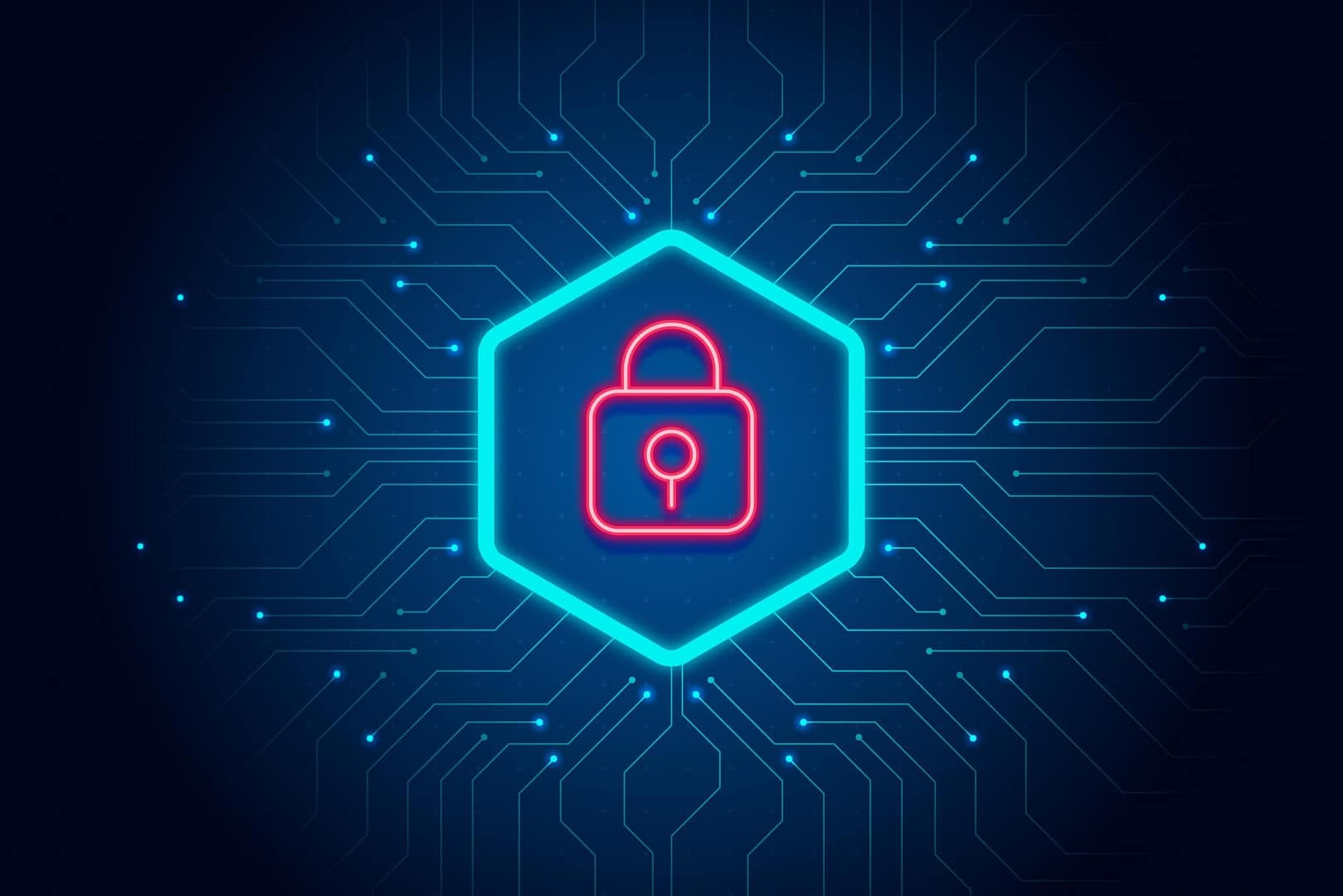Cybersecurity
Please Share this Post
What Is Cybersecurity?.
Cybersecurity refers to the practice of protecting computer systems, networks, data, and devices from unauthorized access, misuse, modification, or disruption, as well as ensuring the confidentiality, integrity, and availability of information and resources. It encompasses a broad range of technologies, processes, and practices designed to safeguard digital assets against various cyber threats, including malware, phishing attacks, data breaches, and other malicious activities.
Key aspects of cybersecurity include:
- Risk Management: Cybersecurity involves identifying, assessing, and managing risks to the organization’s information assets and IT infrastructure. This includes conducting risk assessments, implementing security controls and safeguards, and prioritizing mitigation efforts to address the most significant threats and vulnerabilities.
- Security Controls: Security controls are measures put in place to protect against and mitigate cyber threats. These controls can include technical measures such as firewalls, encryption, antivirus software, and intrusion detection systems, as well as administrative measures such as security policies, procedures, and employee training programs.
- Incident Detection and Response: Cybersecurity efforts also focus on detecting and responding to security incidents in a timely and effective manner. This includes monitoring network and system activity for signs of suspicious or malicious behavior, investigating security alerts and incidents, and implementing incident response plans to contain, mitigate, and recover from security breaches.
- Data Protection: Protecting sensitive data from unauthorized access, disclosure, or theft is a fundamental aspect of cybersecurity. This includes implementing data encryption, access controls, data masking, and data loss prevention (DLP) measures to safeguard sensitive information both in transit and at rest.
- Identity and Access Management (IAM): IAM involves managing user identities, roles, and permissions to ensure that only authorized individuals have access to the organization’s systems and resources. This includes implementing strong authentication mechanisms, such as multi-factor authentication (MFA), and enforcing least privilege principles to limit access to only those resources necessary for performing job duties.
- Security Awareness Training: Educating employees about cybersecurity risks and best practices is critical for building a security-aware culture within an organization. Security awareness training programs help employees recognize common threats, such as phishing emails and social engineering attacks, and understand their role in protecting sensitive information and maintaining cybersecurity hygiene.
- Compliance and Regulatory Requirements: Many industries and organizations are subject to regulatory requirements and compliance standards related to cybersecurity. Compliance with regulations such as GDPR, HIPAA, PCI DSS, and others requires implementing specific security controls, conducting regular audits and assessments, and reporting on security incidents and data breaches.
Overall, cybersecurity is essential for protecting organizations, individuals, and society as a whole from the evolving threat landscape of cybercrime and cyberattacks. By implementing robust cybersecurity measures and adopting a proactive approach to risk management, organizations can mitigate security risks, safeguard their assets and information, and maintain trust and confidence in their digital operations.

Amanda
Thank you for elaborating on cybersecurity analyst.